Camera comparison: Lenovo K5 Plus vs Xiaomi Redmi Note 3 vs Coolpad Note 3
May the best camera win
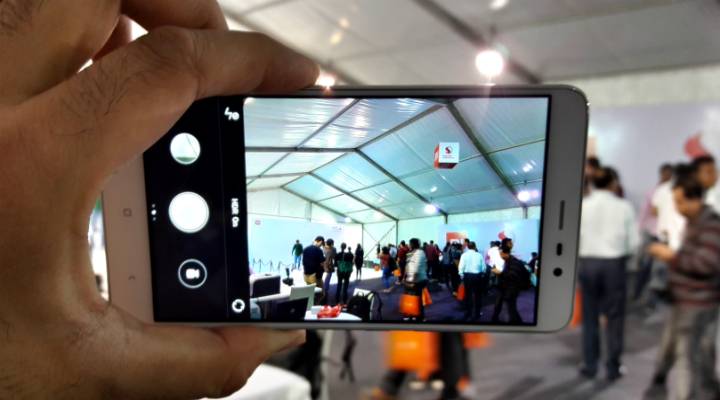
Gone are the days when it was hard to buy a decent phone in under Rs 10,000. Currently, the market is flooded with options and each one claims to be one up from the other. However, if you desire a new smartphone in this price bracket that has an outstanding camera, then it can be a little tricky. As you might be aware that looking merely at the 'Megapixel' counts may not guarantee the best pictures, especially when it comes to selfies and the low light shots. Others factors such as aperture value, camera interface, post processing, etc. also needs to be evaluated.
Having said that, we pitted three popular smartphones in the sub Rs 10,000 category and compared them on the basis of camera, its features/effects and the real-life performance. Here is our report card:
Camera Specifications Lenovo K5 Plus
The recently launched Lenovo K5 Plus comes packed with a 13MP Auto Focus rear camera, which utlises a 5 piece lens system. The camera has OV13850 sensor that offers a maximum aperture of F2.2. It can record videos in 1080p format and is paired up with a single LED flash.
Coolpad Note 3
Coolpad Note 3 features a 13MP rear camera with a single LED flash light. The camera offers the same F2.0 aperture and can record videos in 1080p format.
Redmi Note 3
Xiaomi has equipped the Redmi Note 3 with a 16MP CMOS sensor that offers an aperture of F2.0. The sensor can record 1080p videos with the stock camera app and can even shoot 4k videos with the help of third party applications. And unlike Lenovo K5 Plus and Coolpad Note 3, the rear shooter is paired up with a dual-tone LED flash.
(Note: The lower number means a better maximum aperture, so F2.0 is actually better than the F2.2)
Camera app interface
Among the three smartphones, Lenovo K5 Plus has the most user friendly camera application. The user interface is quite minimal and easy to understand. You can easily shift to videos with a single tap and access all the settings, effects and modes with on-screen controls without making any struggle.
Sign up for breaking news, reviews, opinion, top tech deals, and more.
Next is the Coolpad Note 3, which has the similar kind of user interface. All the controls and settings are provided on the screen and can be accessed with one tap.
The camera interface of the Redmi Note 3 is like most of the previous Xiaomi devices, which utlises swipes to display the effects, settings and other controls. The main screen only gives you the options of the flash light, a switch to shift to the front camera and the video option. This can be tricky for the first time Xiaomi users as they have to understand how the camera interface works.
Features/Effects
While the camera interface on Redmi Note 3 is not very user friendly, it wins when it comes to the number of features it offers to experiment with the photography. The camera interface provides a number of modes- Fish eye, Beautify, Tilt shift, Timer and others. You also get a manual mode, which allows you to tweak ISO and white balance. Besides, you can select a number of filters to give an artistic look to your images and can also shoot time-lapse and slow motion videos. And as we mentioned earlier, Redmi Note 3 can also shoot 4K videos via the third party applications.
Next is the Coolpad Note 3, which also offers a number of features and effects to users. The Pro mode allows you to change ISO, Focus and white balance. Besides, you can take a smile shot, HDR, low-light shot, panorama, face beauty and even use gestures to click images. Besides, the video mode allows you to shoot slow motion, delay video and even with face beauty mode turned on, which is not a common feature in the smartphones.
Talking about the Lenovo K5 Plus, the smartphone stands close to Coolpad Note 3 and Redmi Note 3 in terms of camera effects and settings. The scene mode has a good number of modes to select from, such as action, night, party, sunset, portrait and others. You can tweak ISO ratings, change white balance and customise contrast, saturation, sharpness and exposure as per your preference. Besides, HDR, panorama and a number of effects are available to give your images an artistic effect.
What we could not find in K5 Plus is the slow motion and time-lapse mode, which are available in other two smartphones. This can be a deal breaker for some users willing to experiment with different video shooting modes.
The real-life performance
Coming on to the real-life camera performance of the three smartphone, we kept the settings to maximum and took the same shot with the three handsets. The lighting conditions and the subjects are also the same so that the level of detailing and the colour reproduction can be easily compared.
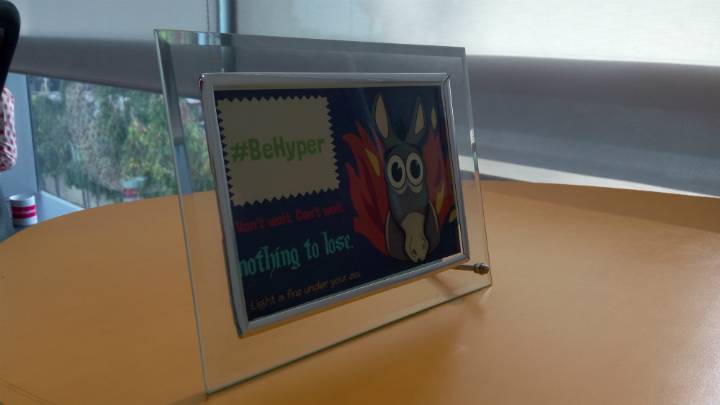
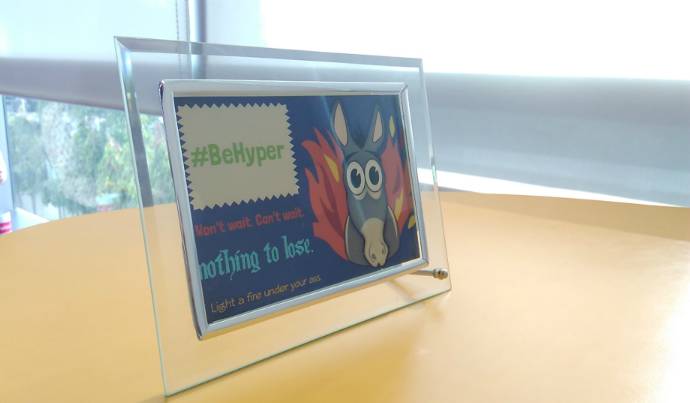

In the first image, the smartphones were quick enough to lock the subject but Redmi Note 3 takes the cake among the three when it comes to the time taken by the sensor to capture a shot. And this not only goes with the macro imaging, Redmi Note 3 is also the fastest while taking portrait or landscape shots of distant objects. The camera offers an aperture of F2.0 (bigger than the K5 Plus) and is the fastest among the three in capturing an image. The bigger aperture results in more light for the sensor and thus gives the camera an ability to capture more details without losing the quality of the image in a shorter time period.
Talking about the colour reproduction, the images captured by the Redmi Note 3 are on a warmer side and looks more saturated when compared with the pictures taken from Lenovo K5 Plus and Coolpad Note 3. You can notice the yellow colour, which looks quite saturated in the image taken by the Redmi Note 3 than the other two. The colours look balanced in Coolpad Note 3 and they are on a cooler side in the image taken by the LenovoK5 Plus. Moreover, the image shot by K5 Plus does not look as sharp as the images captured by the other two handsets.
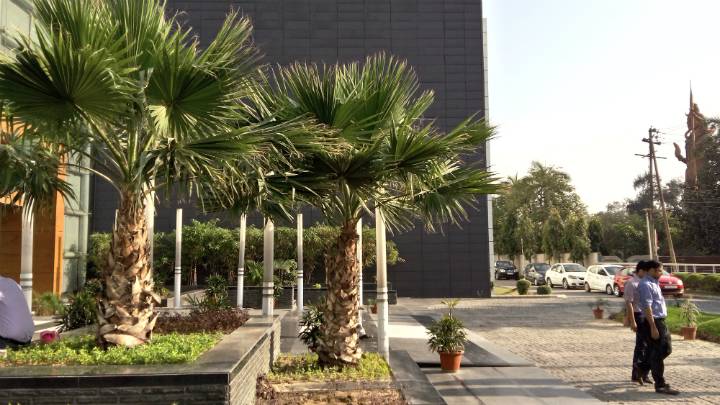
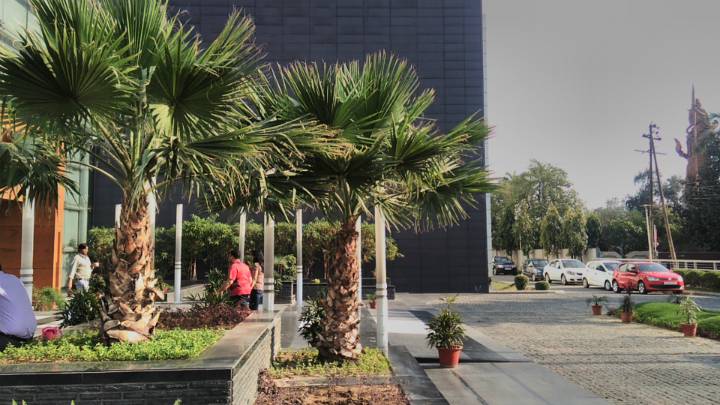
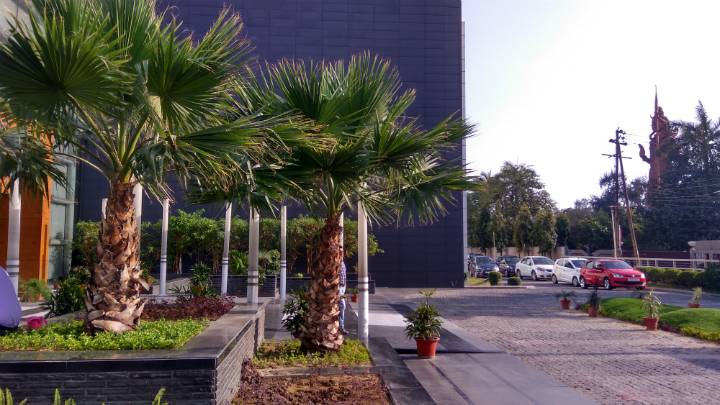
Next image is an HDR shot. Surprisingly the image captured by Lenovo K5 Plus here looks on a warmer side and the sensor is not able to capture the details of the farther objects. The sky looks rather dull and noisy in the background, which is not the case with the Redmi Note 3 and Coolpad Note 3. The other two smartphones display more natural colours and have a more pronounced HDR effect. Another thing we noticed is the post processing of the images by the three smartphones. The camera on the Lenovo K5 Plus feels a bit sluggish in post processing. There's a lag after it takes a shot, save it and get ready for the action. This amplifies while you take HDR shots, but that's understandable as even the high-end flagships take their sweet time to process such images. However this lag is not so evident in other two smartphones and both are comparatively faster than the Lenovo K5 Plus in capturing HDR shots.
(Note: Maximum aperture determines the speed of the lens)
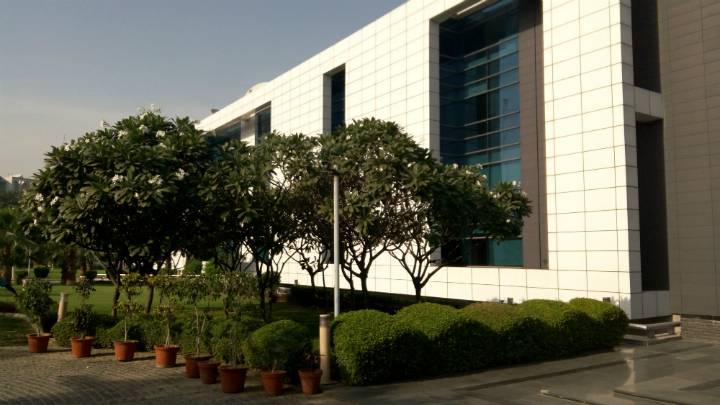
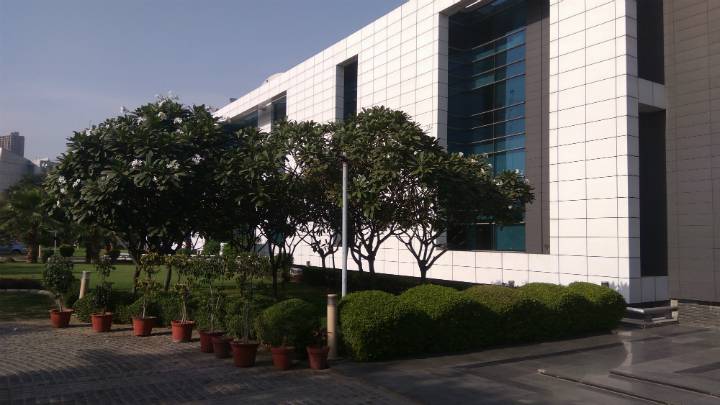
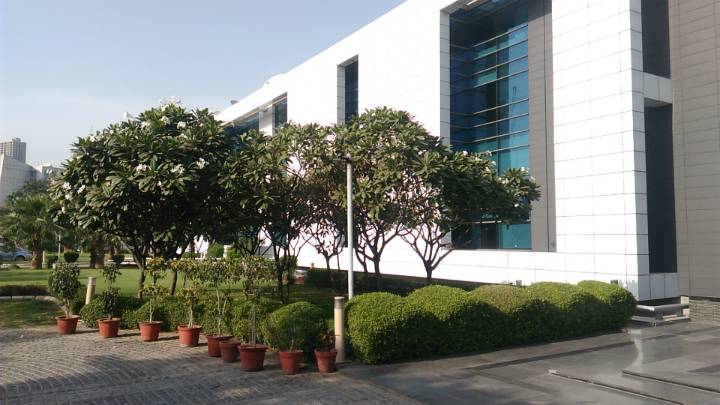
In normal mode, Redmi Mote 3 is able to capture the best pictures among the three handsets. The images comes out to be bright, colours look natural and detailing is also on the higher side. The landscape shots taken by Redmi Note 3 really look amazing on the 1080p display of the smartphone. Lenovo K5 Plus is also a decent shooter when it comes to portrait and landscape imaging in normal mode as the colour reproduction looks quite balanced, however it loses marks in terms of detailing when you zoom-in the images to the maximum. Coolpad Note 3 is better in such aspect but overall has a warmer tone to the images.
The performance in the low-light is somewhat similar by the three smartphones. The best among the three is the Redmi Note 3, which manages to capture more detailing and less noise when lighting is on a lower side.
At the end, we can say that the Xiaomi Redmi Note 3 is the smartphone with the best imaging performance in the sub Rs 10,000 price category.

Rohit Arora is the Senior Correspondent at Gizbot, OneIndia. He has been exploring technology since early 90s and started working with Print media in 2014. After writing for PC Quest, Voice & Data and Data Quest for over 14 months, I joined TechRadar in 2016 (Noida). Rohit provides strategic ideas to leading tech brands for new product launches and marketing campaigns.